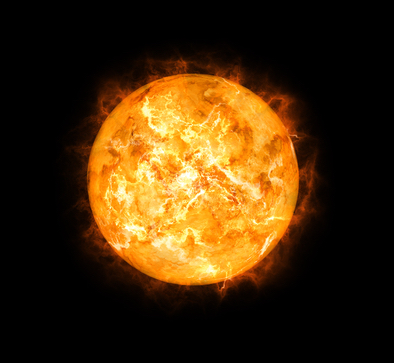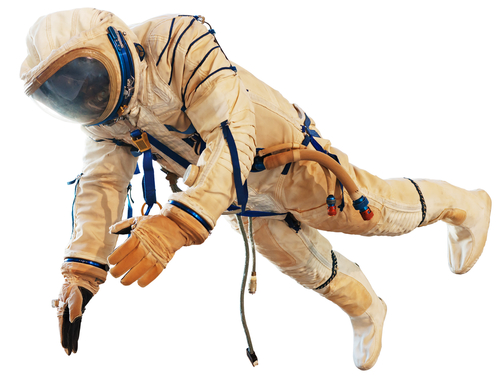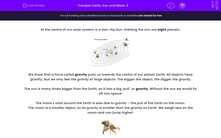We live on planet Earth, which is part of the Solar System.
Can you name any of the other planets in our Solar System?
You may have named the Sun, but the Sun is actually a star.

The Sun sits at the very centre of our Solar System.
The Earth and seven other planets all orbit (move around) the Sun.
The diagram below shows the Sun and the eight planets making up the Solar System.
.jpg)
Can you see they are all different sizes and some are closer to the Sun than others?
Saturn is made up of gas and has rings around it made from ice and rocks.
Earth isn’t the only planet with a moon - Neptune, Uranus, Saturn, Jupiter and Mars all have moons orbiting around them.
Which Planets are Closest to the Sun?
It is helpful to know which planets are closest to the Sun.
We can use this handy mnemonic to help us remember the order of the planets from the Sun.
My (Mercury)
Very (Venus)
Excited (Earth)
Mother (Mars)
Just (Jupiter)
Served (Saturn)
Us (Uranus)
Nachos (Neptune)
There are two planets beginning with M, so make sure you remember that Mercury is closest to the Sun.
You may have heard of the planet Pluto. Pluto used to be classed as a planet, but is now only classed as a dwarf planet.
There are many other dwarf planets in the Solar System as well as asteroids and moons.
Gravity
We know that a force called gravity pulls us towards the centre of our planet, Earth.
All objects have gravity, but we only feel the gravity of large objects. The bigger the object, the bigger the gravity.
The Sun is many times bigger than the Earth, so it has a big 'pull', or gravity. Without the Sun we would fly off into space!
The moon's orbit around the Earth is also due to gravity – the pull of the Earth on the moon.
The moon is a smaller object, so its gravity is smaller than the gravity on Earth. We weigh less on the moon and can jump higher!

Let's get started on some questions.
You can look back at this page at any point by clicking the red help button on the screen.
.jpg)







